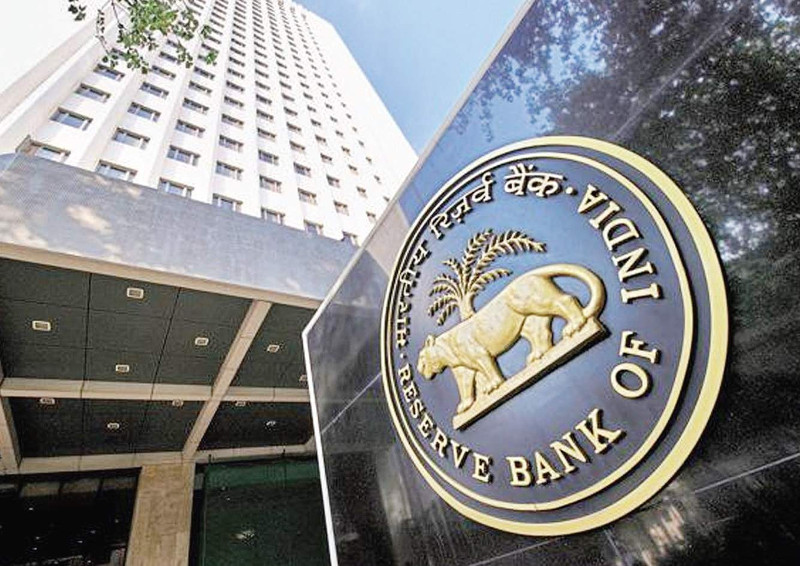Expert Speak – Inputs for Shadow Monetory Policy Committee of August 2019

Note for Monetary Policy
Repo rate to remain unchanged
In the background of trend in the quarter April to June, 2019 and forecast for FY 2020, any rate cut by RBI may not be seen to become instrumental in accelerating investment and output.
For FY 2020 forecast, whole sale price inflation (3.9 %), growth in exports (9.5%), imports (7.9%), industrial production (5.2%), fiscal deficit level (3.1%), and fixed investment growth (8.5%), which are showing only marginal variation, do not point towards any benefit that could be derived from interest rate reduction.
Annual (2018) assessment of IMF tells that while India is on track to be one of the fastest economies in the world, in reality different parts of the country are experiencing various levels of growth or stagnation, alternating between "middle income" and "poverty".
Issues such as stagnation in the in dustry, agrarian sluggishness and depressed wages are to be addressed.
Trend in banking not reassuring
Discussion with l bankers in Chennai indicates absence of revival of demand for investment, with credit offtake for new investments remaining negligible. On the other side, for example, in a big bank branch in Chennai savings deposit is reported to have declined by 20% in April-June quarter, while FD is also not growing.
We hear that public sector banks are asked to concentrate on recovery of NPAs and are not for the time being aggressively looking at extending credit to industry and business.
Whole sale and Retail trade
Wholesale traders tell that trade volumes have declined in the last few years because of hesitancy and avoidance by retailers to buy products under GST. In the process, this impacts wholesale traders.
Moreover, for example, it is gathered that there is large evasion of GST by retailers in a particular locality in Chennai. Out of nearly 500 shops in this place, only 50 traders are transacting with GST. This trend is reported to be generally prevalent in all areas.
Such evasions may have implication for monetary policy as well in link for Govt. revenue and fiscal deficit.
Real Estate
Persons dealing in real estate for the past 30 years in Chennai tell that price bubble created in around 2007 is one of the causes for stagnation extending up to now.
Also banks financing real estate purchase at artificially inflated price seems to be another reason for banks ending up in NPAs. Banks lent to big real estate promoters based on artificial higher prices projected by the real estate promoters, and then were confronted by NPAs arising from fall in sales of housing units during the last few years.
One assessment says that in Chennai alone 40 lakhs housing units (or flats) remain unsold. It is reported that financing banks have taken over the housing units financed by them (as NPA recovery) and selling at lower price.
One more dimension is shooting up of guideline value for registration, during the period when prices artificially were raised.
Added to all these, there is artificial increase in prices of building materials including cement making the cost high and price of flats becoming unaffordable to middle income population (particularly salaried people).
Inter-state / Regional Variations
IMF has pointed out that, in reality different parts of India are experiencing varying levels of growth and prosperity. While some States come under middle income, others trail in poverty.
Therefore, Monetary policy with macro level prescriptions may not have equitable impact on money and credit and transmission across Regions.
Monitory policy instruments applied at macro level on the overall banking sector and financial markets may render it difficult to make realistic assessment for policy formulation.
Price Indices
Where 90% of the population are cash reliant and 95% of transactions are in informal sector assessment of welfare emanating from moderation of consumer prices could be "elusive".
Mostly all ordinary people tell about sharp increase in prices, while consumer price index tells a different story. This is because for a large junk of population consumer goods that they purchase is a small basket of essential commodities. The suggestion is to think of having an " Essential Commodities Price Index" (with food items having larger weightage) for formulating policies.
Automobile Industry
Sale of automobiles is reported to have declined by around 30% in the last four quarters . It is said the challenge for auto industry is severe, going by manufacturers reducing the workforce and cutting down on production. In this respect, one input from sales agents is that Maruti Company has suspended production of vehicles.
Reasons attributed for the sluggishness in the industry are:
- Restriction on cash payment by purchasers to Rs.2 lakhs;
- Increase in prices dampening demand, particularly rural demand; (increase in insurance cost from mandatory third-party insurance)
- No exports
- Expectation of introduction of electric cars triggering deferment of purchase by consumers.
- NBFC sector is facing liquidity crunch after the default of IL&FS in Sept 2018.
- The government increasing official maximum load-carrying capacity of heavy vehicles by 20-25 percent with the aim of reducing logistics costs, has adversely affected the sale of automobiles, particularly commercial vehicles.
- The Centre's announcement of deadline for adopting Bharat Stage VI emission norms (April 1, 2020) is impacting consumers;
- Increased use of taxis available at lower fare for commuters in cities have some impact;
- Shift of demand towards pre-owned cars.
Going by the factors responsible for the decline in auto industry, persistence of stagnation with large number of people becoming unemployed is inevitalbe for the next two quarters. Revival depends on developments that are external to demand management.